Gated Nightmares: Herrensauna’s Cem Dukkha
|MARIANA BEREZOVSKA
Cem Dukkha has evolved from a Viennese DIY punk and experimental musician to a Berlin-based techno superstar and co-founder of Herrensauna.
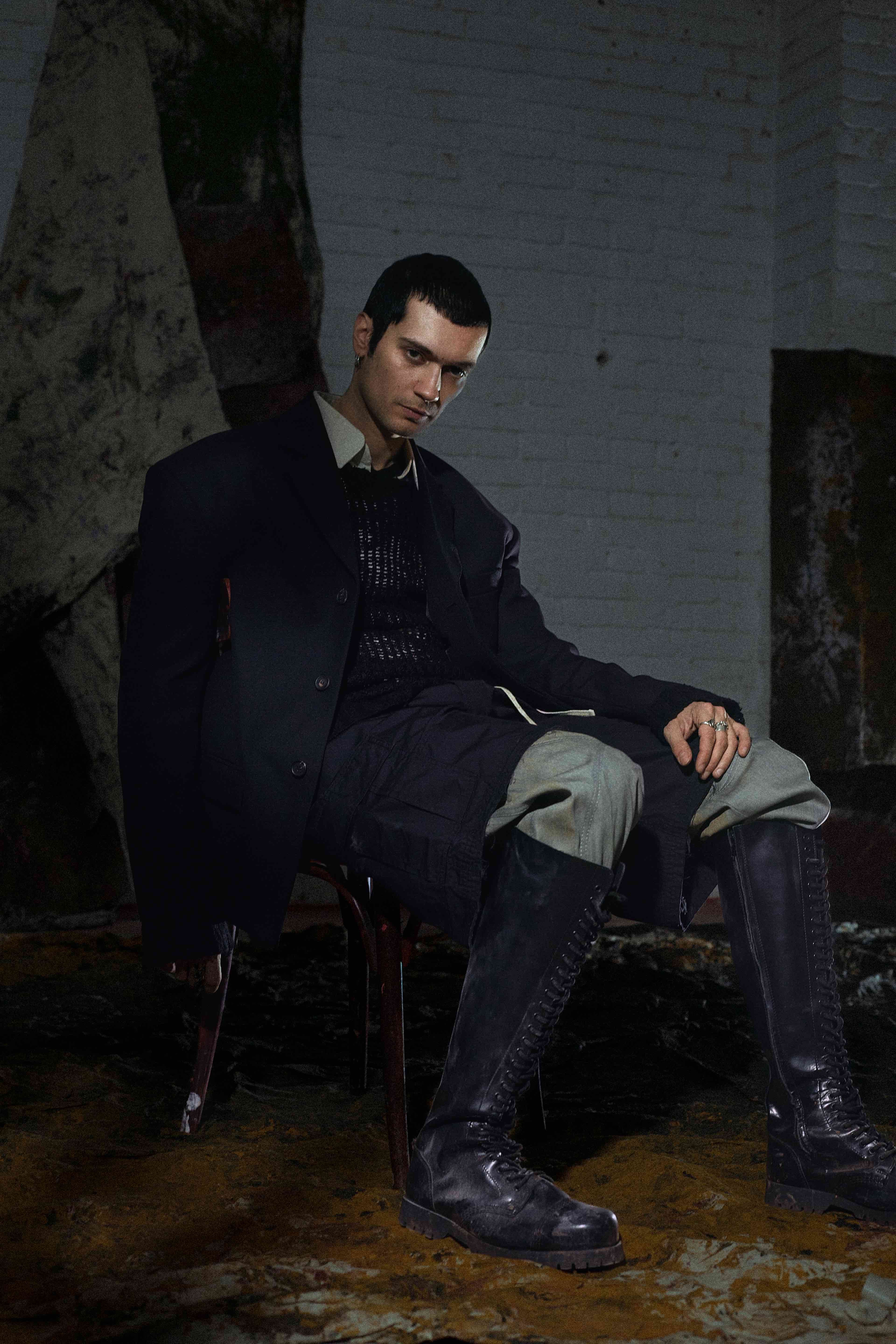
Under his stage name CEM, his musical identity has been closely tied to the Herrensauna techno party series, whose name references the culture of gay men’s saunas that is a refuge for the queer community in Berlin. Although he remains a central figure in this globally renowned series, the pause in clubbing during the pandemic allowed Dukkha to reassess his relationship with the club industry and reconnect with his roots as a musician and performer. His recent solo compositions experiment with electronic, percussion, and string instruments, incorporating elements of noise, repetitive loops, minimalist structures, processed vocals, and trance-like, dissonant, and atonal ambient arrangements.
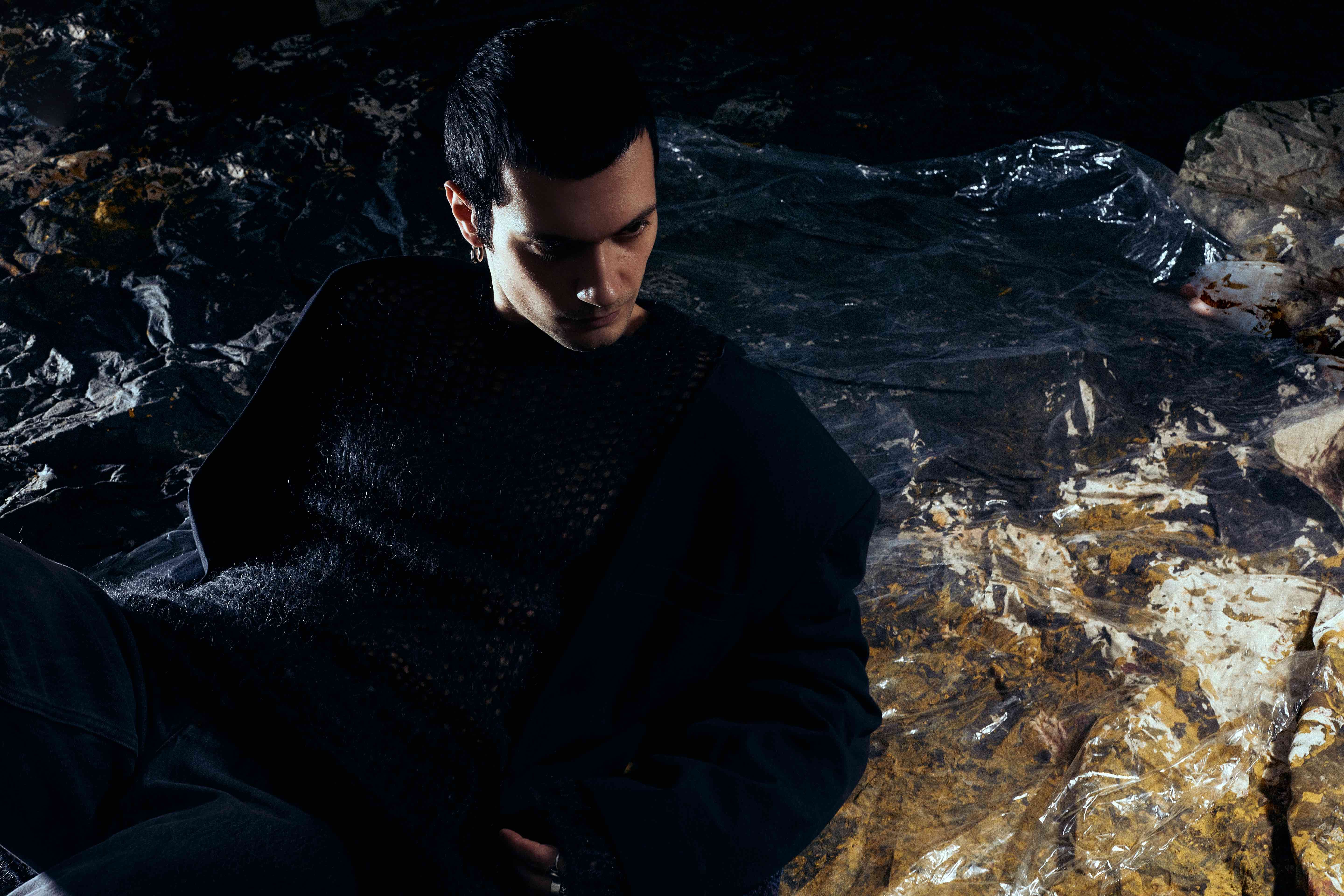
Throughout his career, Dukkha has maintained an intimate relationship with sound and space, whether in his multi-layered solo work or his interdisciplinary collaborations. He has worked with composer Billy Bultheel, artist Alexander Iezzi, and vocalist Dylan Kerr in their band 33, and has also created a performative installation with renowned choreographer and dancer Kianí Del Valle, as well as multiple projects with visual artist Mauro Ventura. In 2022, Dukkha debuted with two collaborative shows at Volksbühne—“FORMA” (with Mauro Ventura, Odete, and Kianí Del Valle) and “GEZEGEN” (with Ventura). In 2023, the artist returned to Volksbühne with a solo performance, sharing the night with William Basinski.
For the “GEZEGEN” show, Dukkha’s partner, the interdisciplinary artist Mauro Ventura, created a modular metal construction that served as a gate for CEM’s solo performance. The gate’s elegant curls and sharp, dangerous-looking spikes proved heavy and unsafe to transport, as they discovered during their trip to perform the “GEZEGEN” show at Amsterdam’s Muziekgebouw.
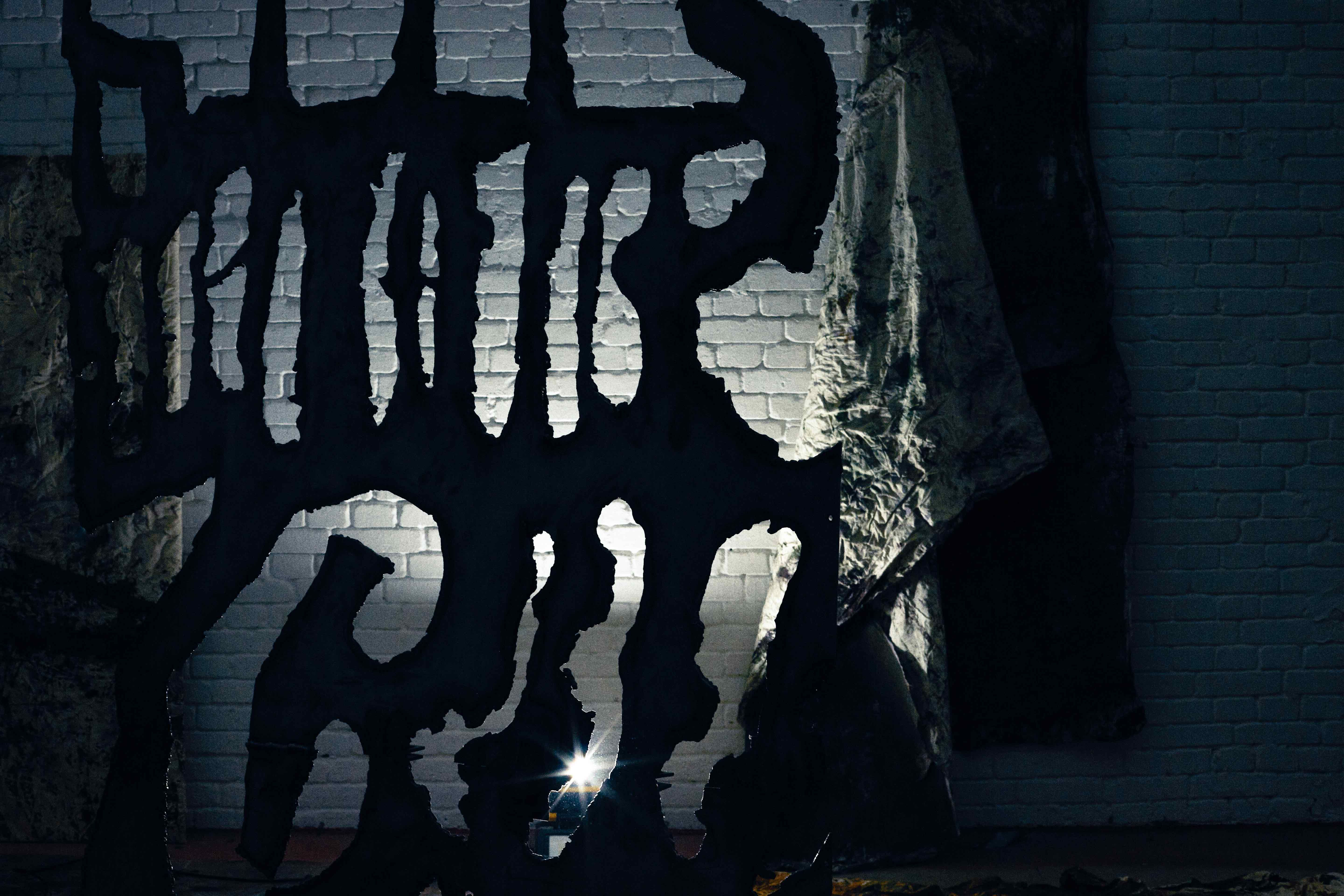
MARIANA BEREZOVSKA: Ventura’s gate sculpture created a distinctive visual identity for your solo performance. Could you provide some insight into the concept behind the “GEZEGEN” show and how the gate symbolizes that concept?
CEM: The “gate show” is a realization of my nightmares and dreams [laughs]. This performance is very personal and introspective. I always thought of the gate as a liminal space that you open to discover what lies behind it. But as much as it’s exciting, there are also fears that stay behind the opening of these gates. I see this as a reflection of your own self in discovering the depths of your psychology, like borderline delirium, but also ecstatic euphoria in contemplation.
MB: Your solo albums “Music for Spaces (2023)” and upcoming “FORMA” (2024) depart from the marching dance floors, instead embracing a more sculptural approach to sound. This music feels far from techno and sounds like sonic artworks made of manipulated guitars, scant pianos, field recordings, and rococo orchestral arrangements. Can you elaborate on how this departure from traditional club music influences your compositional process?
CEM: I find it sonically interesting to reuse and repurpose elements from other songs, placing them into new contexts across various tracks. I love reimagining things I’ve created, taking parts and elements, and presenting them anew. This approach makes the process feel very organic. Entering the studio without a fully concrete idea allows the work to evolve in its space, naturally becoming quite strong.
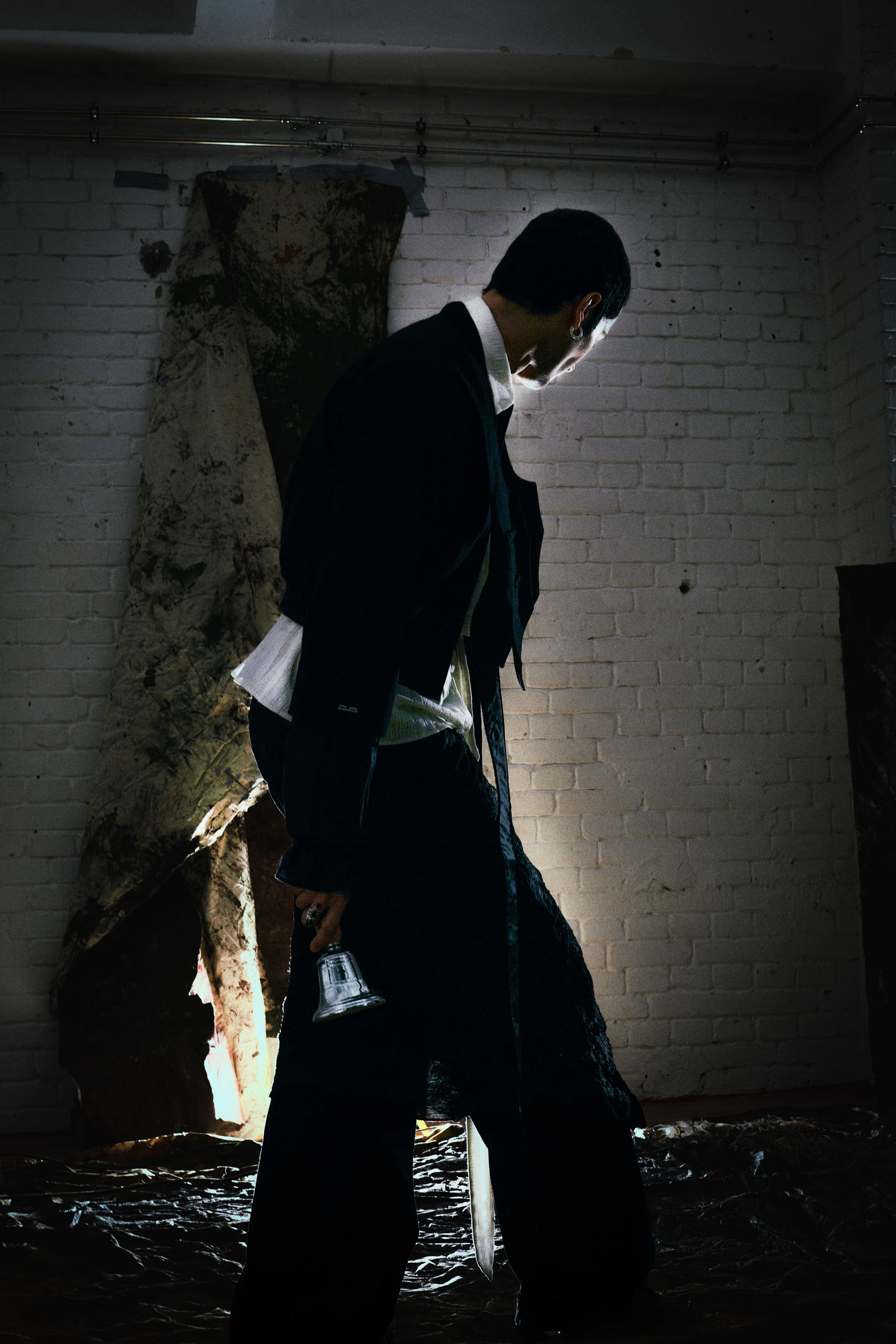
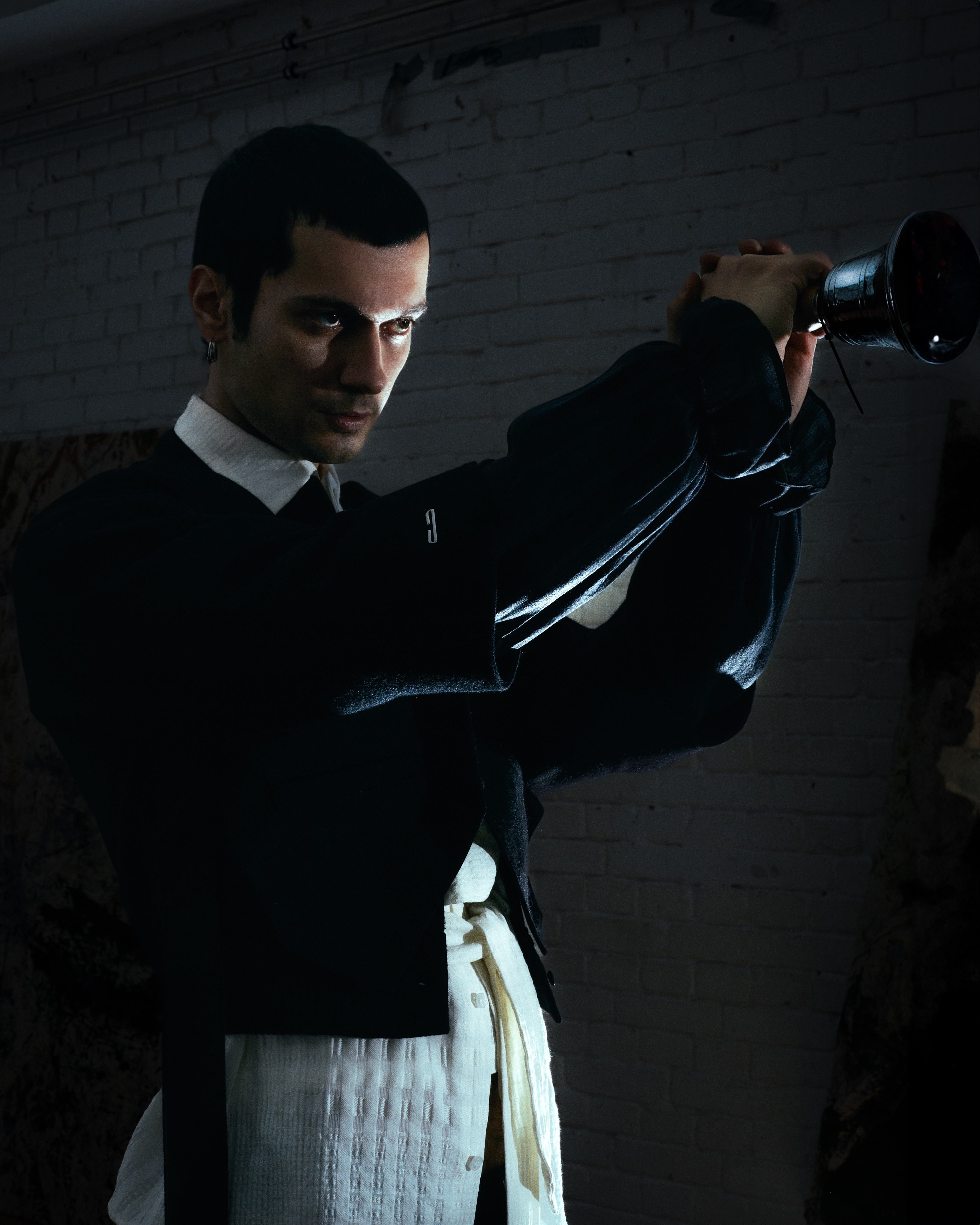
MB: You’ve worked on multiple projects with Ventura, who performs as DJ Saliva at Herrensauna and plays a central role in shaping its visual identity. Given Ventura’s significant presence and influence, it's clear that you both spend considerable time together exploring. Can you tell me more about your collaboration and how their contributions have shaped your creative process
CEM: I’ve never had such an exchange of ideas, love, and care for the things [before]. It’s an incredibly fruitful, powerful, and gleaming process. Of course, it comes with challenges, but these are crucial for strengthening and clarifying our views, understanding each other, and letting go of certain things, especially in collaboration. What I’ve learned is the importance of releasing the ego, especially when working in a group setting. This is perhaps the most interesting [aspect of the collaboration] because so much of what I observe and perceive around me is ego-driven.
MB: Your shared studio feels like a laboratory where sound, sculpture, performance, and painting constantly ignite cross-inspiration. It’s also where you recently broke your arm, slipping on the floor among the layers of metal sheets, paint, and sketches. Can you tell me about your collaborative process in the studio?
CEM: Mauro might start working on something visually, and I immediately react to it, wanting to interpret that visual in a sonic wave. On the other hand, when I’m in the studio experimenting with sounds, they get inspired and continue their work. There’s this amalgamation in the air between us. It’s hard to pinpoint exactly how the process unfolds; it’s not methodical but rather very intuitive.
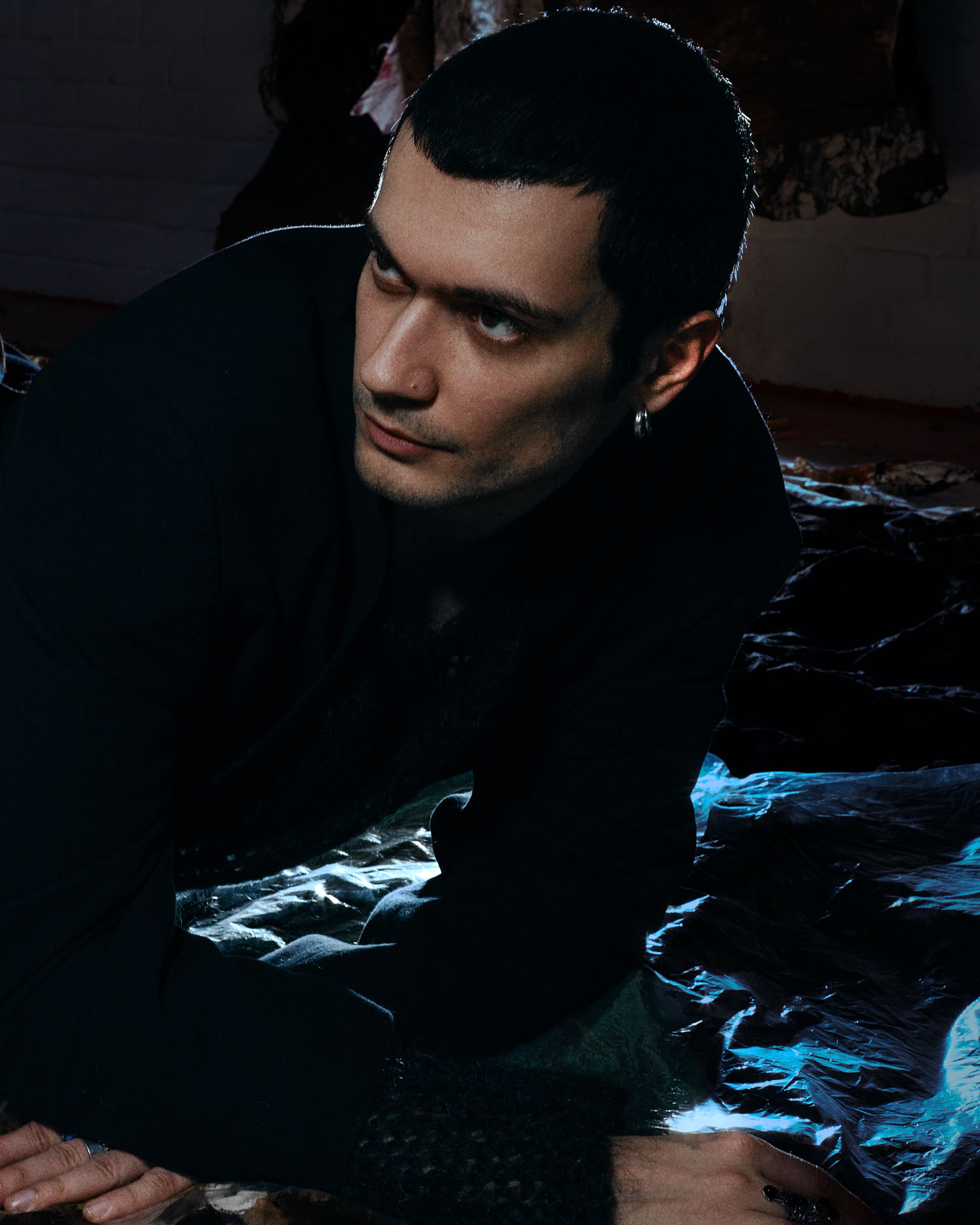
MB: You've worked closely with Nicolas Endlicher (MCMLXXXV) since their early days in Vienna, co-founding Herrensauna in 2015 in Berlin as a space for the queer community that challenges the status quo through music, performances, and a nuanced, referential aesthetic. By 2019, Herrensauna had become a commercially successful venture, although some felt its community became somewhat exclusive during its peak popularity. How do you explain this perception? And has your self-image evolved over time?
CEM: Nowadays, being more approachable and emotional is much more important to me. I believe that inherently reflects in everything I do, even in my sets as a DJ. I’m almost bored with the idea of showcasing toughness and resilience as a sort of attraction. These were elements we played with in the past, such as the idea of masculinity that we portrayed in a kind of tongue-in-cheek manner, almost like role play.
MB: In light of your commitment to maintaining creative freedom and avoiding the pressures of how “success” is defined, how do you balance staying true to yourself? How do you remain focused on what truly matters to you?
CEM: What I wish for myself right now is to continue creating freely without any restrictions and maintaining a naive approach to things without higher stakes or goals. The most exciting part for me is the constant discovery and an immediate approach to creation. It’s a bit risky, though. As an artist, reaching a certain level can trap you with expectations, and I always aim to challenge that. I want to remain unshackled and free as if it’s my first day at school.

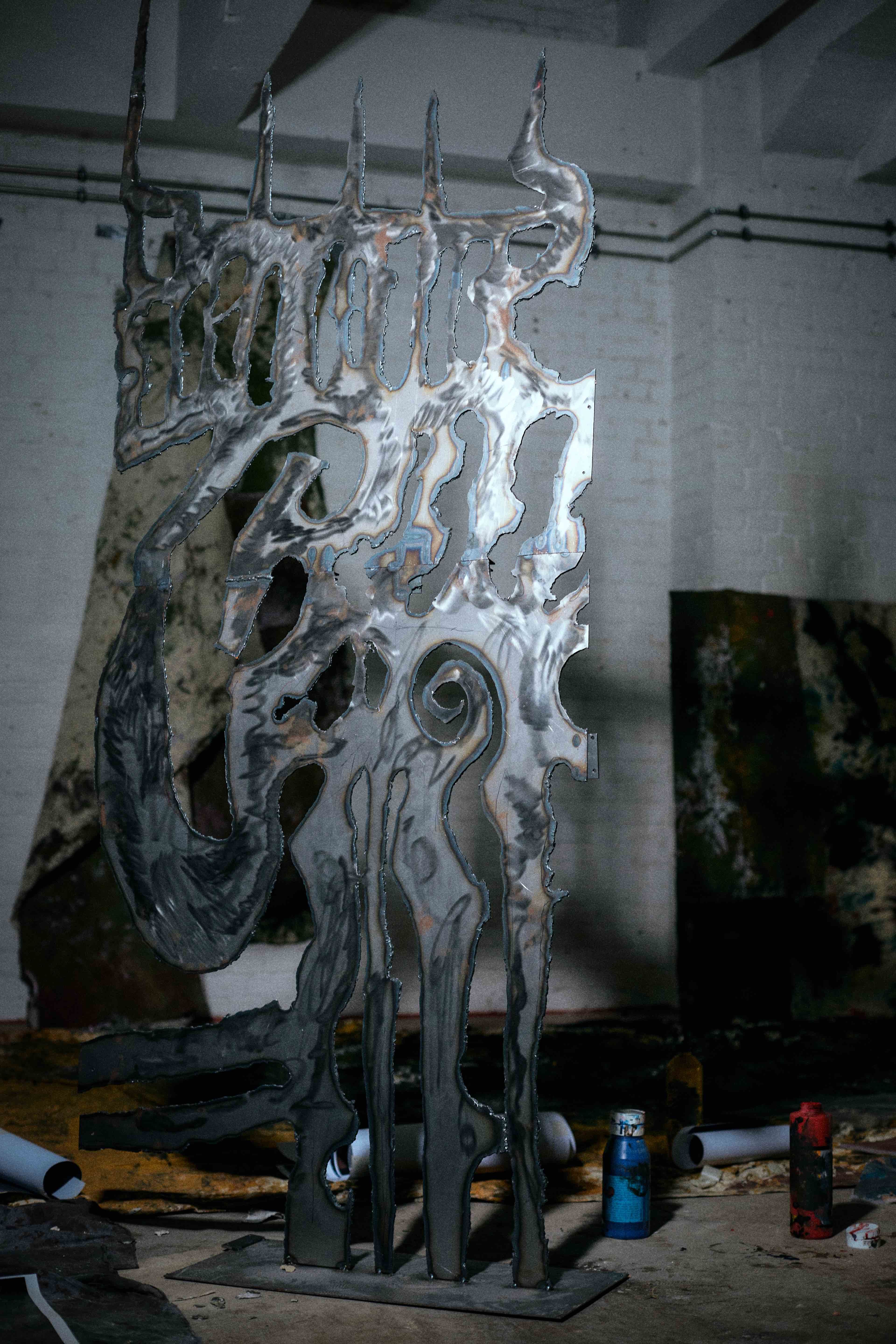
Credits
- Text: MARIANA BEREZOVSKA
- Photography: REBECCA ESKILSSON
- Fashion: EKATERINA SAMORUKOVA
- Styling Assistant: MINNE KOOPMANS
Related Products
Related Content
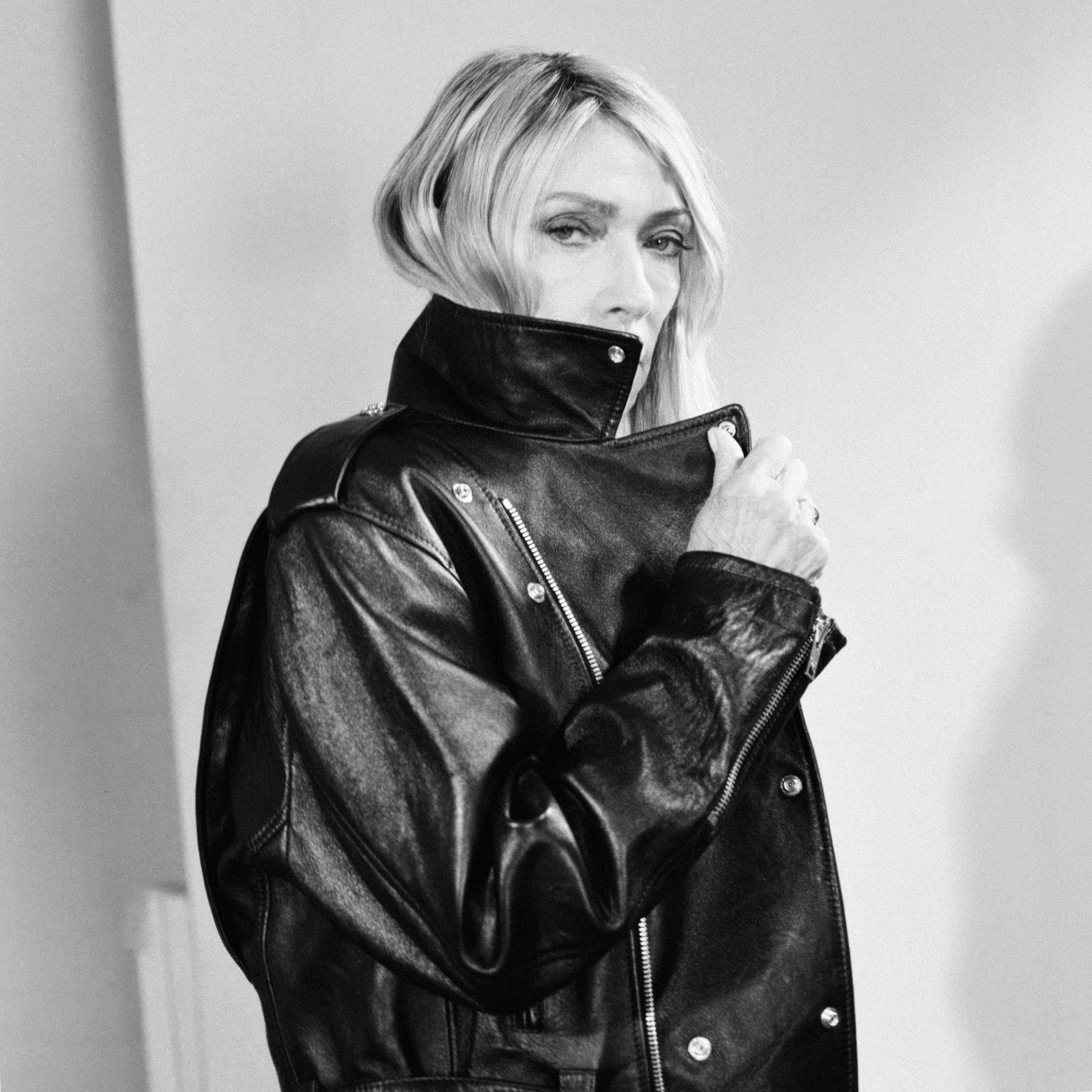
Abusing Technology with Kim Gordon
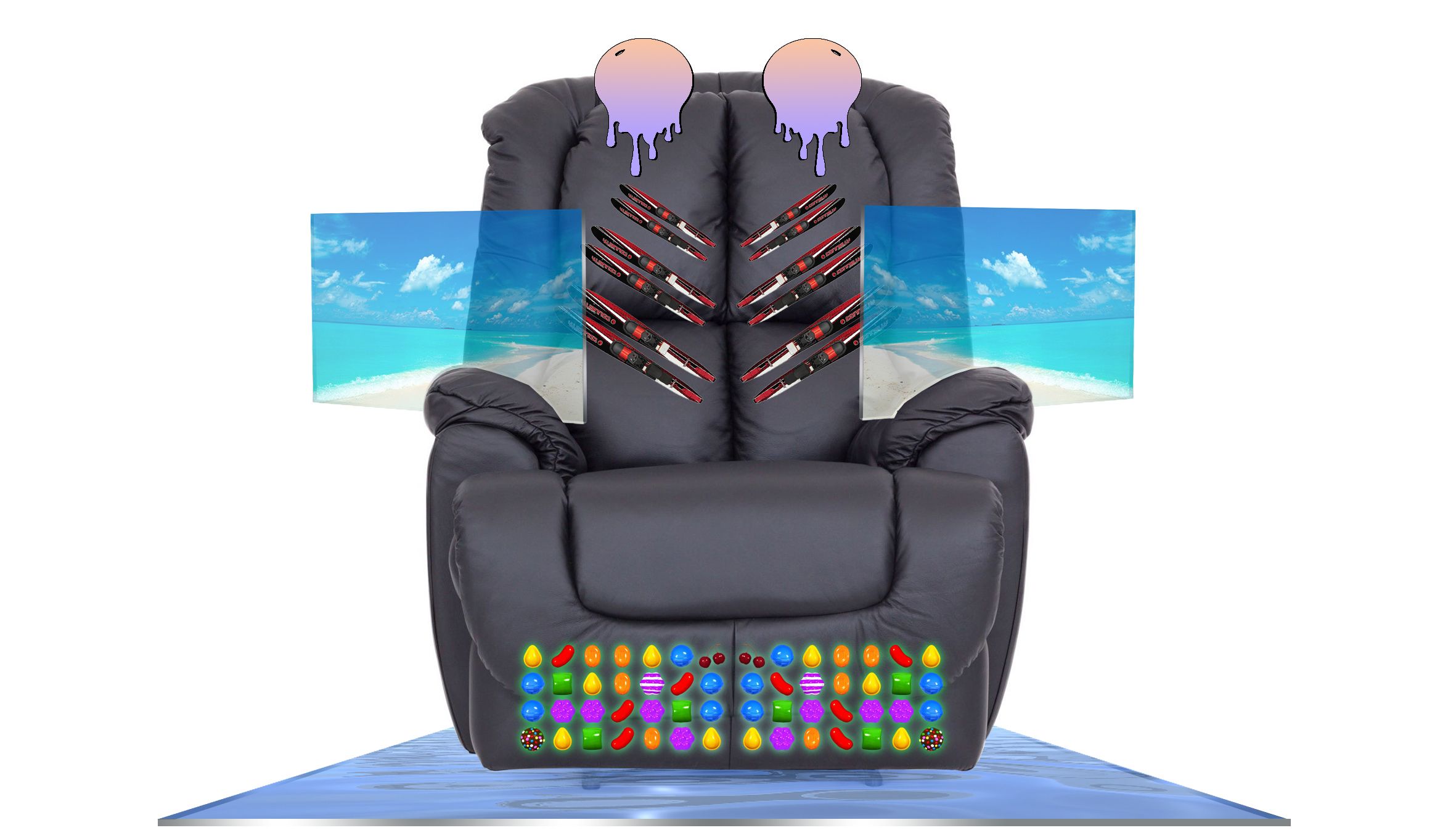
As Rich As It’s Void: The Museum of Post Digital Cultures
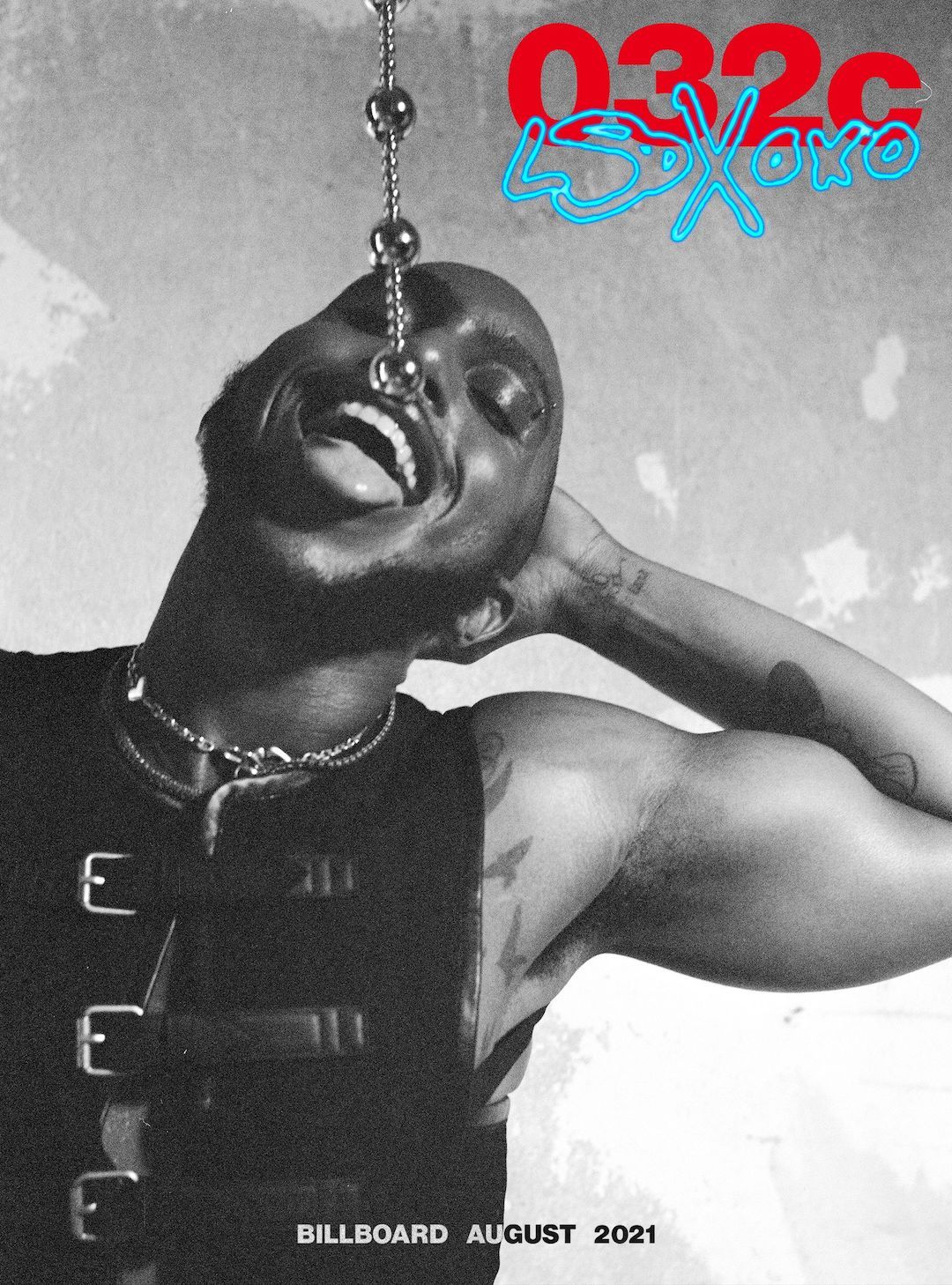
LSDXOXO: Staging the Full Fantasy
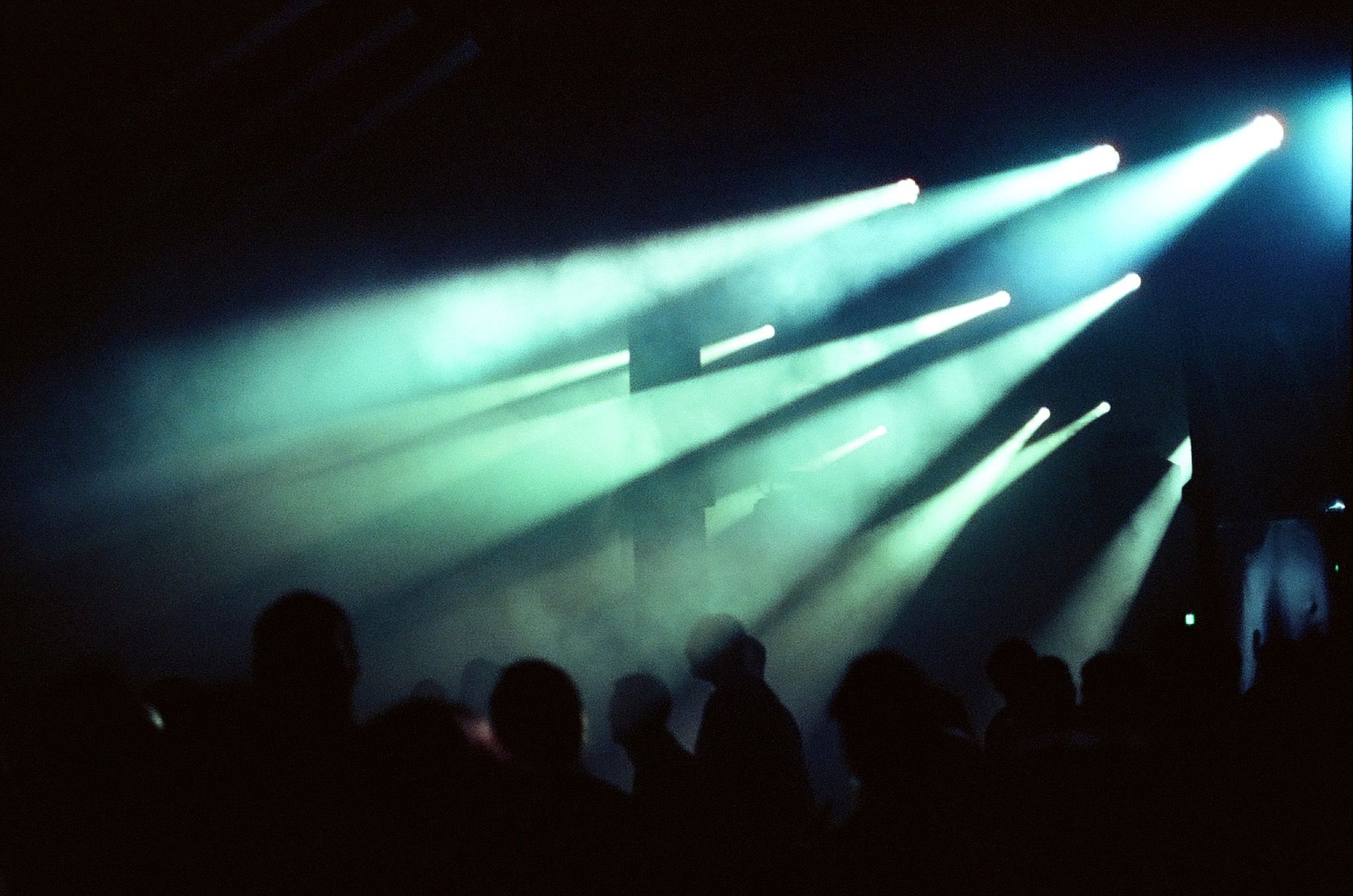
Post-Dance Revolution: Berlin Atonal Returns with Metabolic Rift
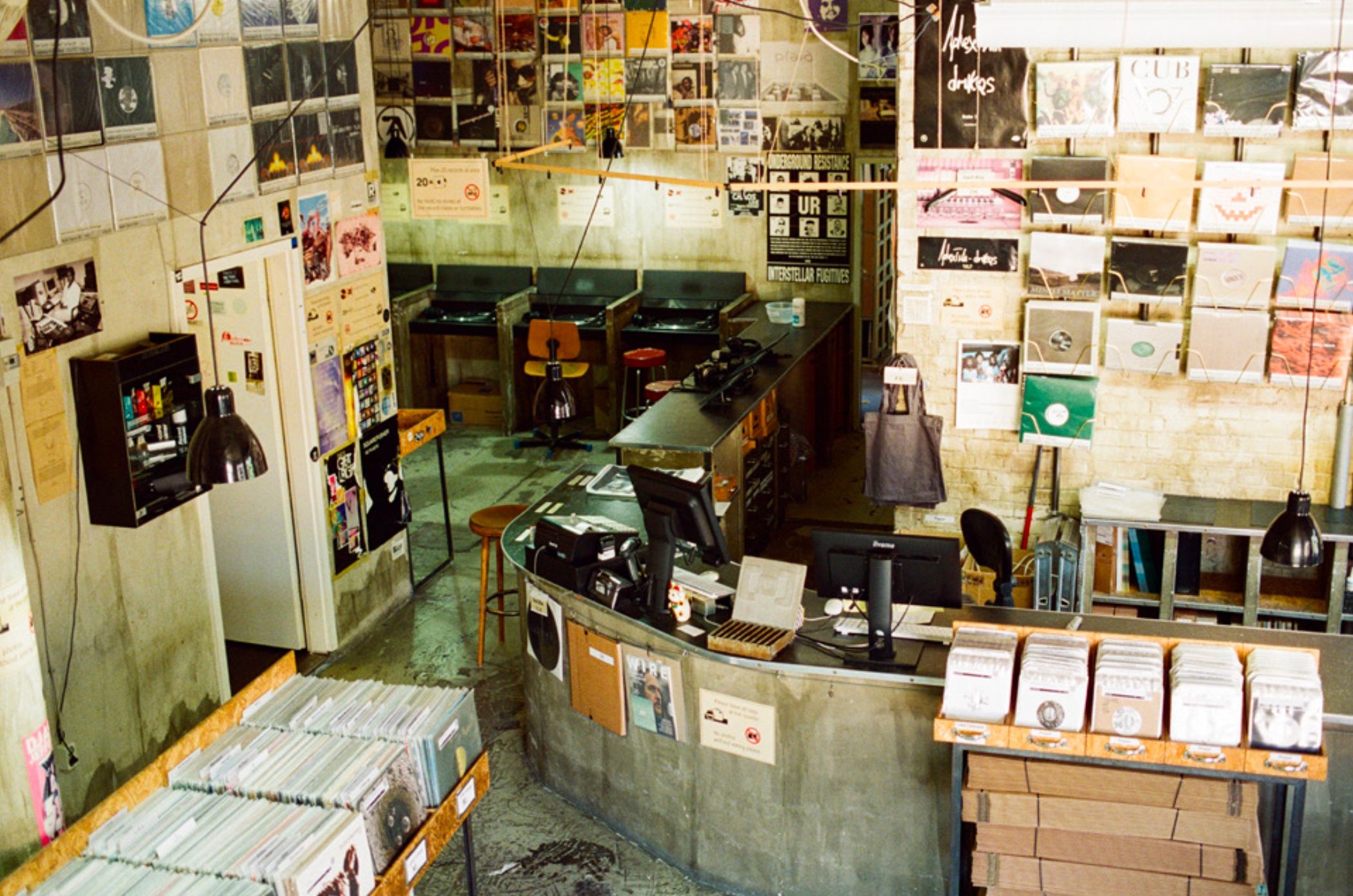
Berlin’s Sonic Mecca
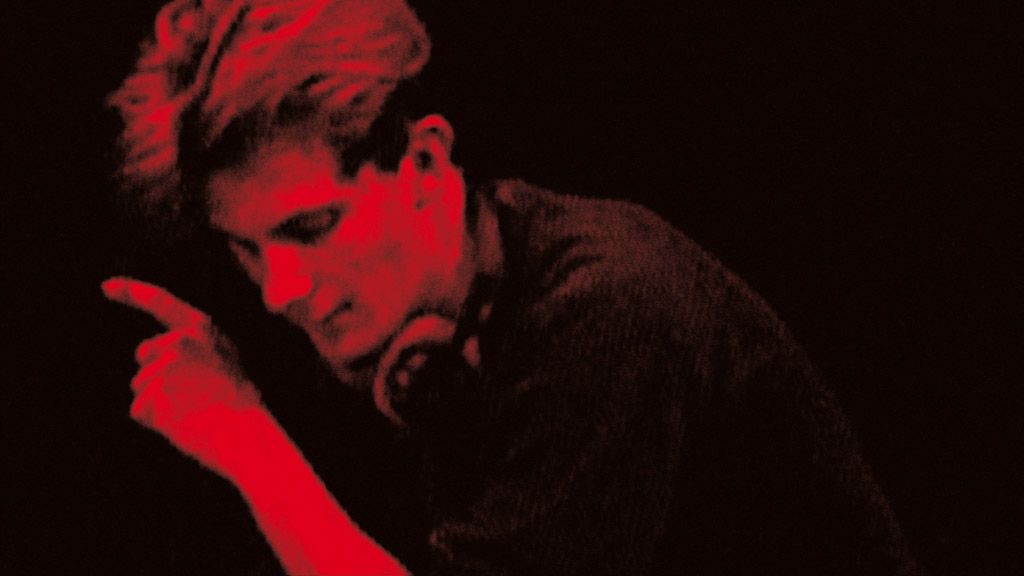
WESTBAM: You Need The Drugs
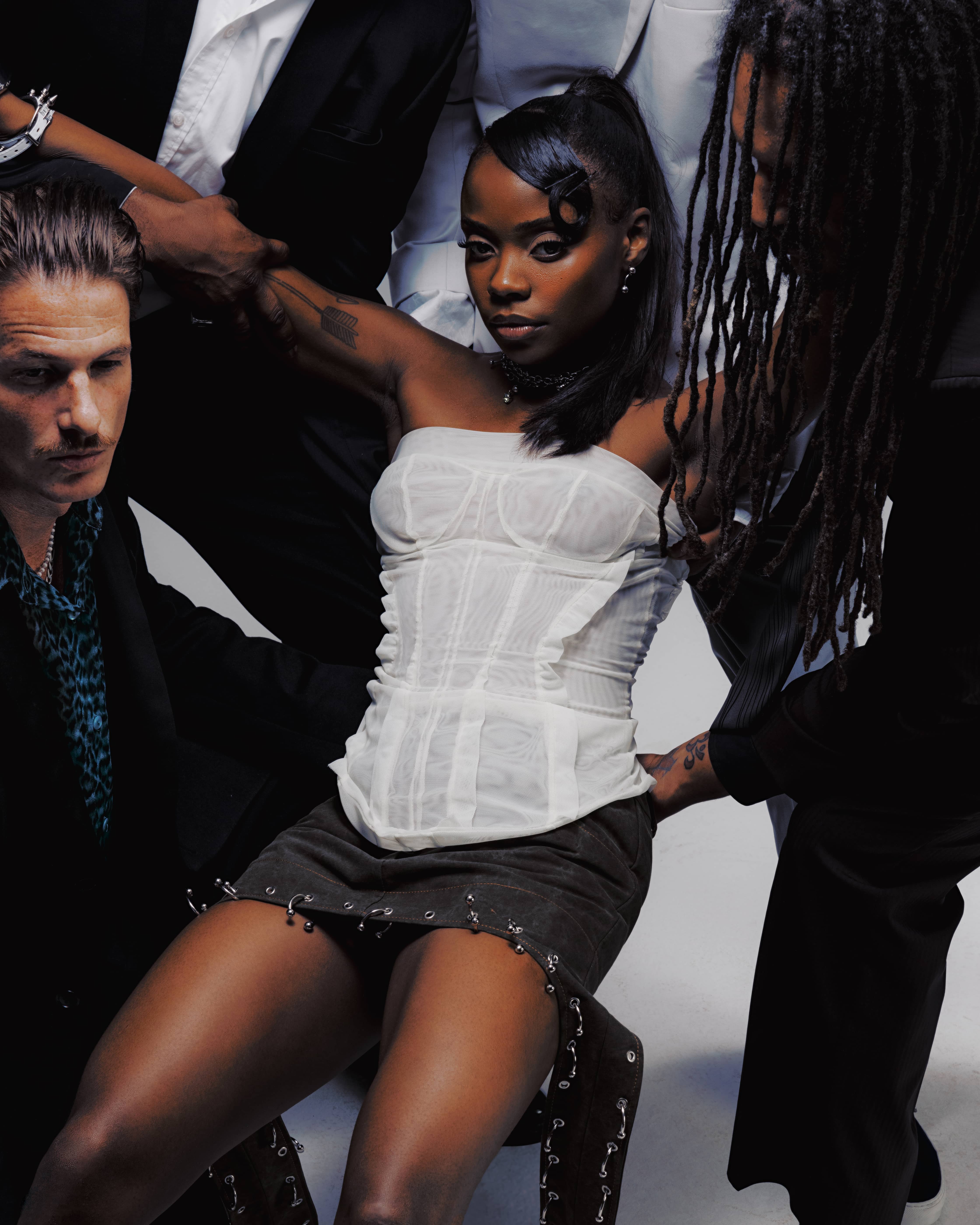
The rave as mosh pit: BAMBII’s INFINITY CLUB
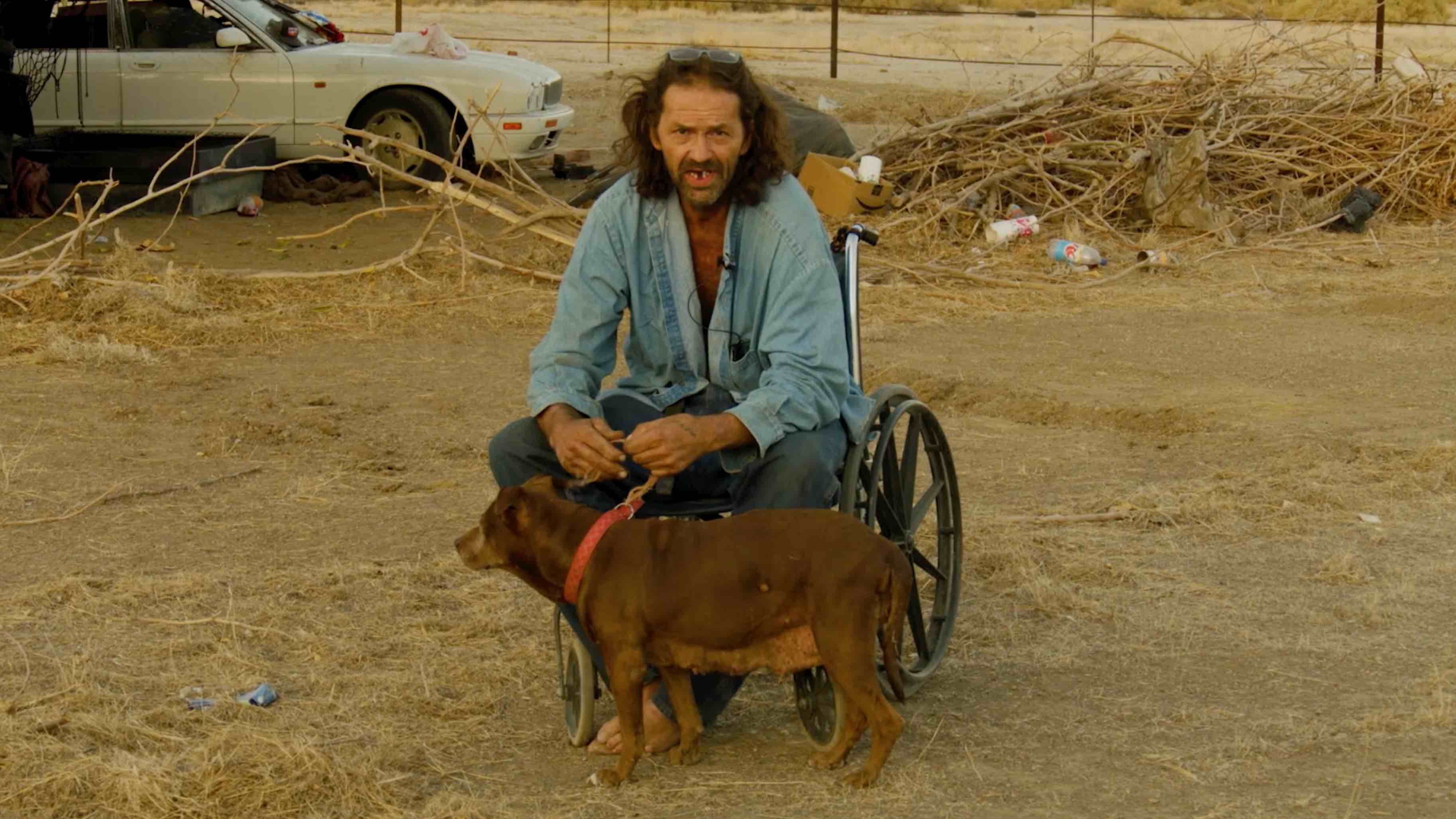
A Film’s Sonic Architecture: DOUG AITKEN